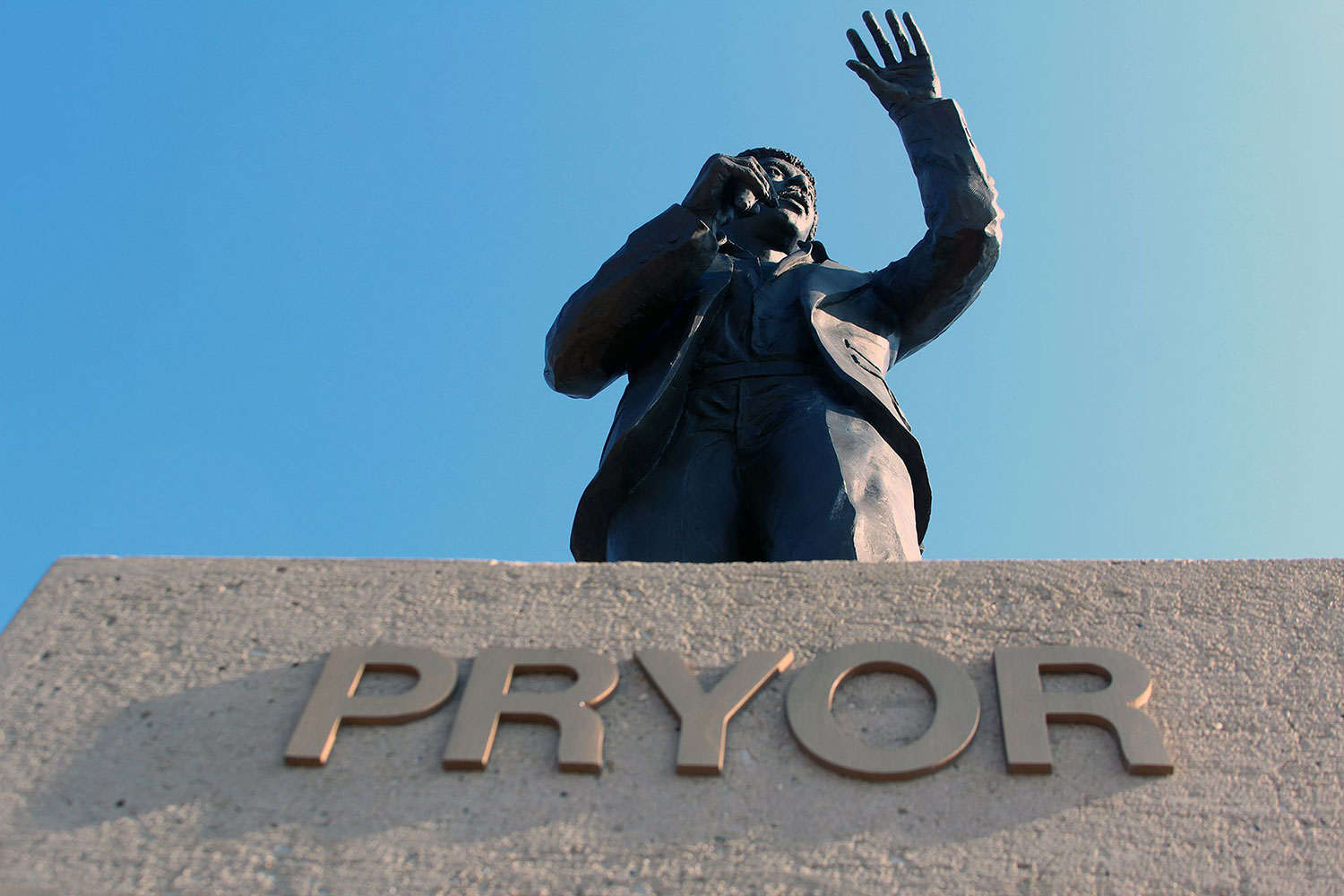“Have you ever heard of Frances Willard or James Shields?” I asked a friend.
“No,” she said. “Is that the answer you wanted?”
“That’s the answer I was expecting.”
“Who are they?”
“They’re Illinois’s statues in Statuary Hall. Every state gets two statues in the U.S. Capitol. We’ve got Frances Willard and James Shields.”
National Statuary Hall is a collection of marble men and women who stand silently around the first floor of the United States Capitol. Established in 1864, it is filled with figures whose graven images have endured longer than their names: politicians and pioneers, populists and plutocrats, many of them forgotten even in the states who sent them there. There are a few famous faces in the collection — Ronald Reagan, Sacagawea, Brigham Young — but for every household name, there’s a Frances Willard and a James Shields, not stopping any tourists for selfies.
So who were Frances Willard and James Shields, why do they represent Illinois at the Capitol, and can we get someone better known there?
Frances Willard was once a household name. The longtime president of the Women’s Christian Temperance Union, which is still headquartered in her hometown of Evanston, Willard was a nationally-known crusader for women’s suffrage and Prohibition. The first campaign was a success. The second was a disaster for everyone except Al Capone. Willard died in 1898. Seven years later, Illinois sent her statue to the Capitol, the first woman so honored. In the 1940s, Willard was still famous enough to be featured in the “Famous Americans” postage stamp series. Her home at 1730 Chicago Avenue is a museum — but it’s little noticed now in the city that has grown up around it.
James Shields is best remembered for challenging Abraham Lincoln to a duel. In 1842, when Shields was state auditor, a letter appeared in Springfield’s Sangamo Journal calling him “a fool and a liar.” It was signed “Rebecca,” but Shields learned the author was Lincoln, and proffered his challenger. The 6-foot-4-inch Lincoln chose as weapons “cavalry broadswords of the largest size,” which he could swing more widely than the 5-foot-9-inch Shields. The two men appeared at the dueling grounds — a sandbar in the Mississippi River between Illinois and Missouri — but agreed to submit their dispute to a disinterested panel before any blood was shed. They went on to successful careers in politics, Lincoln as president, Shields as the only man to serve as a senator from three states: Illinois, Missouri, and Minnesota. Cast in bronze, Shields has been standing in the Capitol since 1893, dressed in a Civil War general’s uniform, growing less famous each year.
For a long time, states were stuck with their founding mothers and fathers, but in 2000, Congress passed a law allowing them to clear out the 19th Century deadwood and bring in someone more modern. California replaced Thomas Starr King (Unitarian minister) with Ronald Reagan. Alabama traded Jabez Curry (Civil War general) for Helen Keller. Nebraska did a two-fer: William Jennings Bryan (three-time presidential loser) and J. Sterling Morton (Secretary of Agriculture) for Chief Standing Bear and Willa Cather. Arkansas is about to send Johnny Cash to the Capitol. Johnny Cash! We’ve got to step it up, Illinois.
Unlike Confederate generals and genocidal colonizers whose statues were toppled after the George Floyd murder, Frances Willard and James Shields are not historically offensive characters. They do not, however, represent modern Illinois. Here are a few suggestions for replacements, following the rule that the honor is limited to “deceased person.”
Gwendolyn Brooks: Nebraska is sending an author. So can Illinois. Brooks was the first African-American woman to win a Pulitzer Prize and served as the state’s second poet laureate for 32 years, succeeding Carl Sandburg (who might also be a good candidate for a statue.) Since Illinois was the first state to send a woman to Statuary Hall, we should still be represented by a woman. Her most famous poem, “We Real Cool,” is short enough to be carved on the pedestal.
Black Hawk: The Sauk warrior and namesake of a helicopter and a hockey team could join six other Native Americans in Statuary Hall, including Sequoyah of Oklahoma and Washaskie of Wyoming. The Eternal Indian statue at Lowden State Park in Oregon is supposed to represent Black Hawk, but looks nothing like him, since it was modeled on one of sculptor Lorado Taft’s friends. He deserves better.
Walt Disney: Disney was born in the Chicago neighborhood of Hermosa and lived there until he was four years old, so the man who drew Mickey Mouse probably first picked up a drawing pencil in Illinois. Disney’s namesake studio continues producing popular children’s movies, so his fame will never fade.
Richard Pryor: Pryor already has a statue on Peoria’s riverfront. It could be moved to Washington. Placing Richard Pryor next to one of the South’s Confederate soldiers would be a badass move.
Jane Addams: Addams, the 19th Century social reformer, was the first woman to win a Nobel Peace Prize, so she belongs in any collection of distinguished Americans, which may make her too obvious of a choice.
Popeye: Not sure Popeye the Sailor Man qualifies as a deceased person since, as a cartoon character, he was technically never alive. However, he was based on a real-life character in cartoonist Elize Segar’s hometown of Chester, who is long deceased. Every Capitol visitor would take a photo of Popeye. He would put Illinois on the map, at least in Statuary Hall.
One Illinoisan who doesn’t need a statue: Abraham Lincoln. He has a whole monument to himself in Washington.



